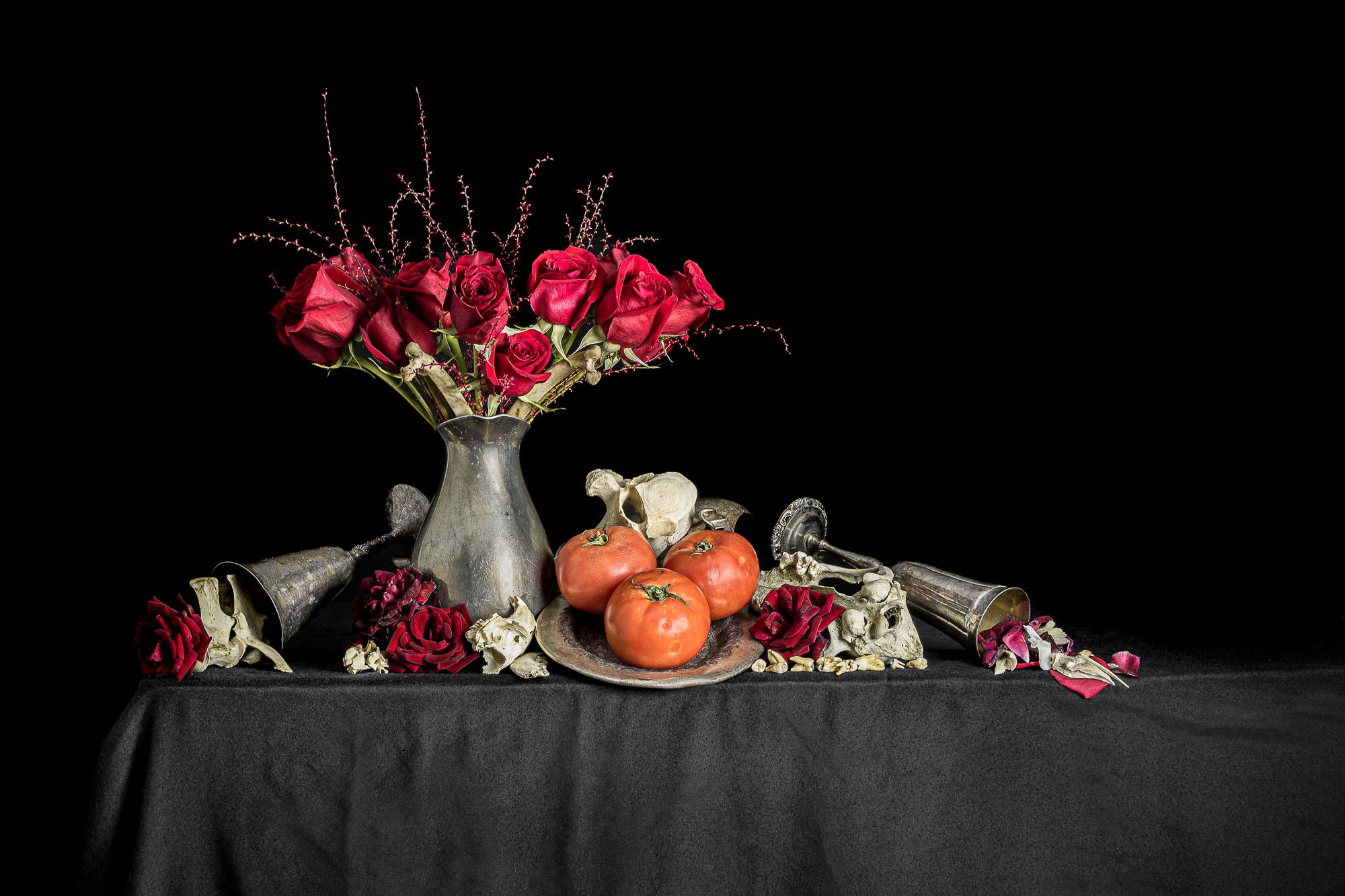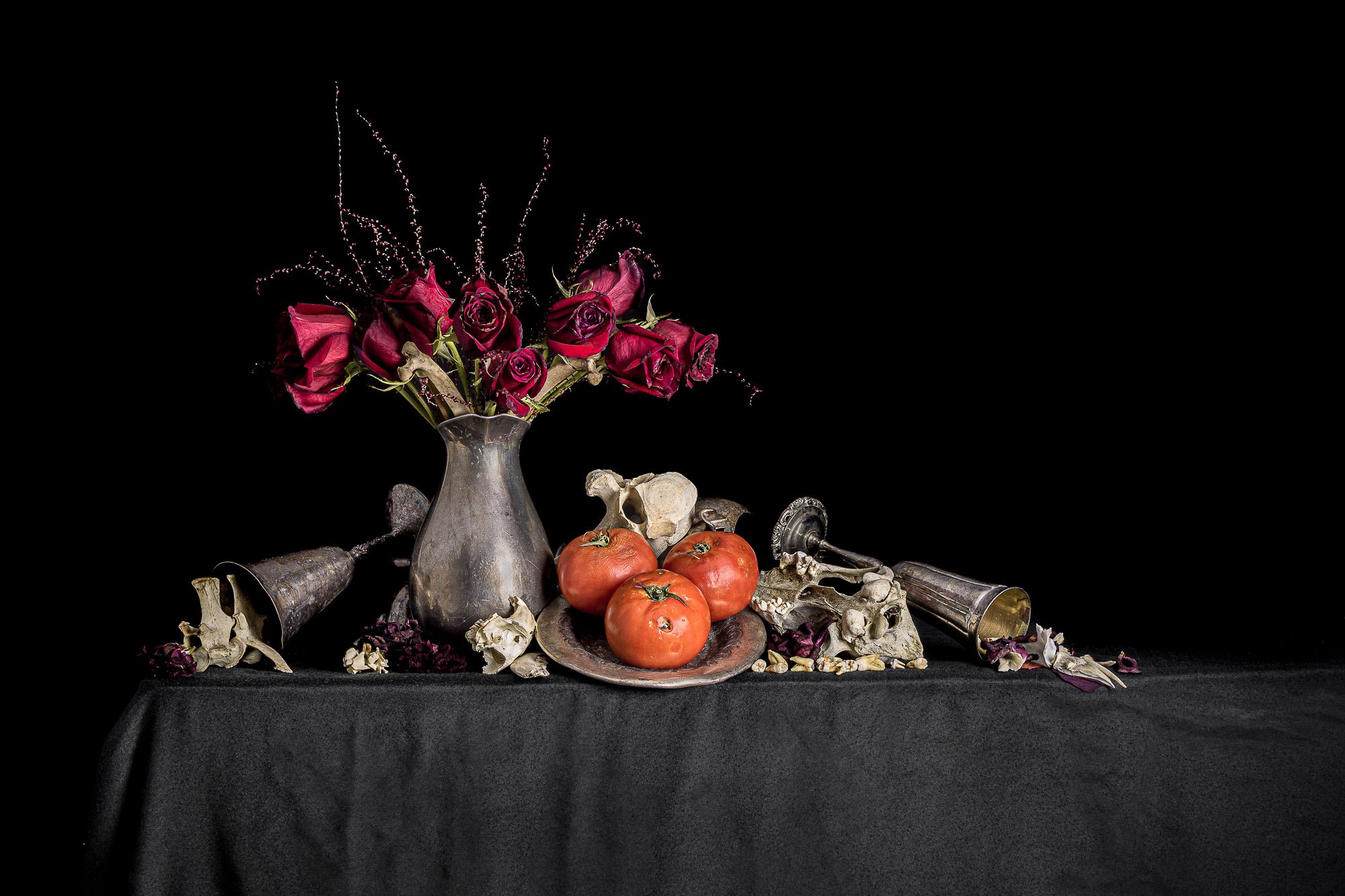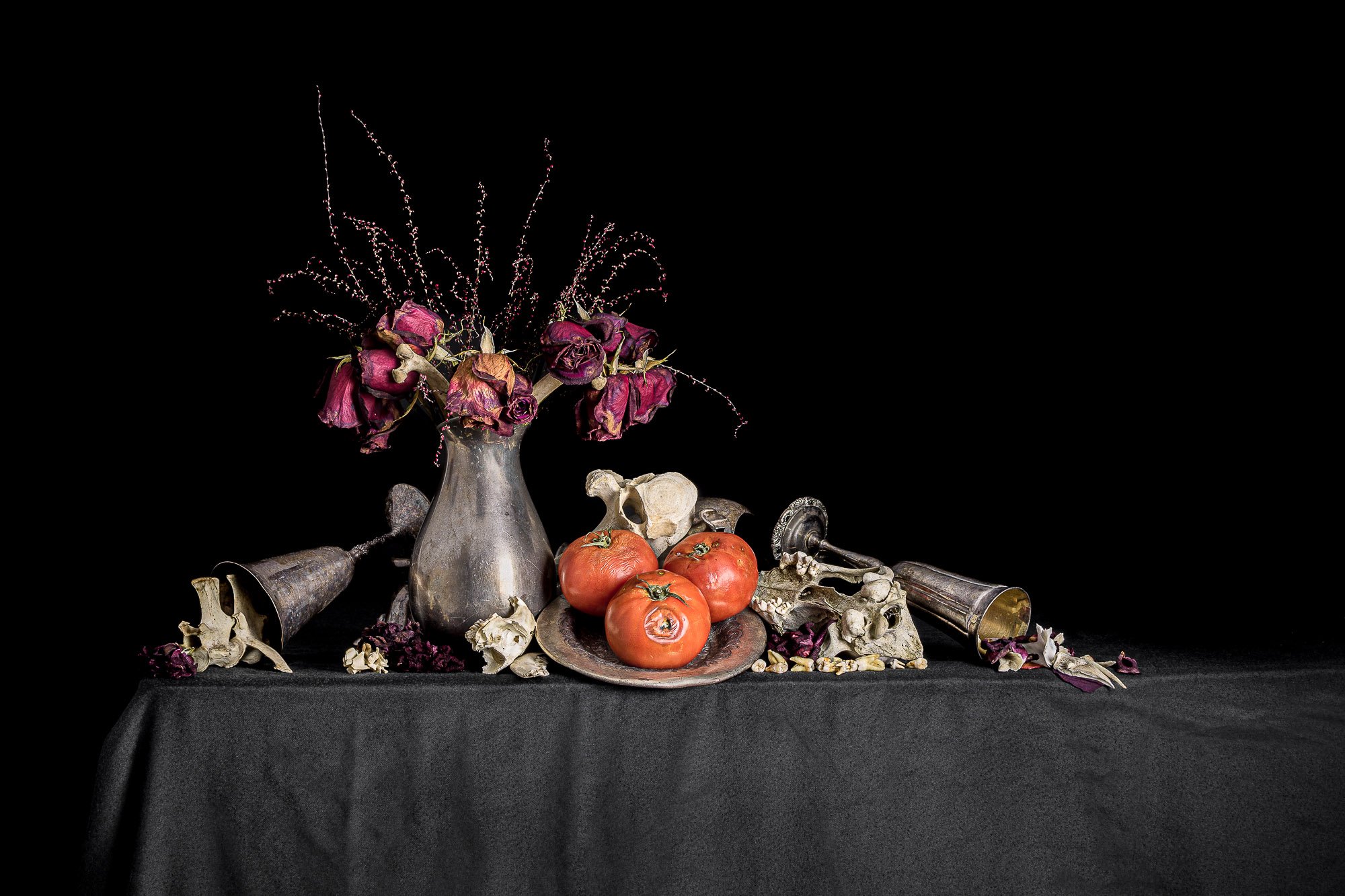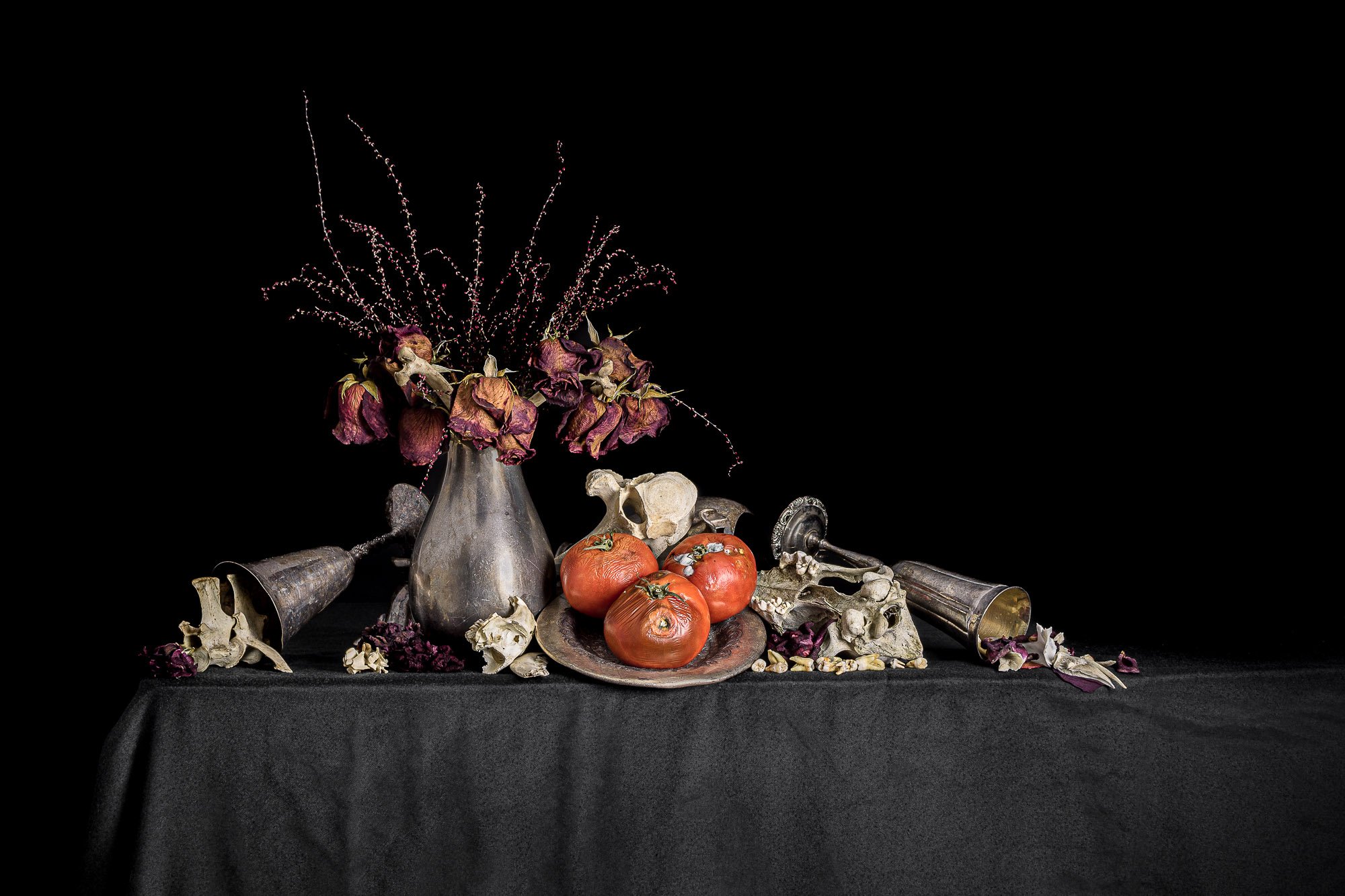Time Passes
He must have known that he was dying.
We didn’t talk about death, of course. We didn’t talk about the time he was running out of, or the disease that was killing him, or the colostomy bag tucked under his T-shirt. We sat together on uncomfortable moulded plastic chairs, listening to the ceaseless din of the hospital, and we talked about physics. It was the only subject we ever discussed. He floated ideas and I did calculations in my battered old notebook, working as quickly as I could, struggling to keep up with the flow of his mind.
The paper we were working on would be his last: a baroque mess of speculative ideas layered upon speculative ideas, intersecting with a dozen subfields of maths and physics. Every time we spoke he wanted to add something new to the text, a new avenue of inquiry, a connection to some different subject, another section heading in the already bloated table of contents. I found this approach infuriating at the time; I didn’t understand that he was thinking about this as a part of his legacy whereas, for me, it was just another paper. He died before the work was complete. It would take me a year to tie up the loose ends and publish.
The concept of thermalization played a key role in that paper. For a scientist, thermalization refers to the tendency of a system toward a state of maximum entropy. For everyone else, it is the inevitable descent of our world into chaos. It is the slow and steady march towards disorder that will eventually claim all things, even the universe itself. In popular accounts of thermodynamics, it’s sometimes said that thermalization “aims the arrow of time.” Thermalization is how physicists understand the steady march of clock: unstoppable, irreversible, forever driving us deathward.
That afternoon, in the hospital, I didn’t think much about mortality. Even though my friend was dying. Even though the calculations I was working on were all about the arrow of time. Even though there were reminders of death all around us: the reek of antiseptics that haunted the air; the white noise of announcements on the PA system; the sick and elderly and infirm who aimlessly walked the hallways. My attention was elsewhere, on the periphery. Like someone pouring over text in an unfamiliar language, I might have seen some beauty in the symbols, but I understood none of their meaning.
At the core, thermodynamics and still life share a similar concern. The most common motifs of still life paintings are clocks, extinguished candles, bubbles, bones, wilting flowers, rotting fruit… In all these symbols there is the same, deceptively simple, lesson: time is passing.
This is one of those ideas that’s difficult to discuss without sounding trite. Of course, we all know that time is passing—nothing in the world could be more obvious. But, at the same time, we find it so easy to ignore this fact, to move through the world in a state of distraction, to numb ourselves against the feeling of life slipping away, moment by moment, breath by breath. Just like I did in the hospital that afternoon, we spend much of our lives at once acutely aware that time is passing and, simultaneously, blind to the obviously implications. We see the symbols but fail to grasp their meaning: eventually, the steady march toward thermalization will take everything from us, destroy all that is worthy of love and leave, in its wake, a world of naked disorder.
There’s a passage in Don DeLillo’s White Noise where the protagonist, newly away of his mortality thanks to a dangerous chemical spill, marvels at the fact that anybody is able to go on with their lives. “How strange it is,” he says. “We have these deep terrible lingering fears about ourselves and the people we love. Yet we walk around, talk to people, eat and drink. We manage to function. The feelings are deep and real. Shouldn't they paralyze us?”
DeLillo is nodding toward the same contradiction I mentioned previously. On the one hand, our looming mortality seems so weighty that no superlative would be unjustified; on the other hand, it’s so banal that most of us have no problem pushing it aside into the white noise of our lives. I would argue the role of still life (and momento mori art more generally) is to resolve the contradiction, if only temporarily. At its best, this kind of art can offer a space to pause and reflect upon mortality, to see the march of time for what it is. But, instead of being paralyzed, as DeLillo’s protagonist expects, we get to experience the attendant sadness as beauty.
I’ve always found it interesting that the Dutch masters chose such a static medium to expression their messaging about transience and decay. In the context of still life paintings, we understand that time is passing only through the inclusion of certain items which, although frozen in the painting, remind us of our own mortality. With this project, I wanted to manifest the passage of time in more explicit way, by presenting the same arrangement of flowers, fruit and bones, photographed at regular intervals over the course of a few months. Each image is meant to work on its own as a reminder of the transience of all things; however, taken in sequence we can watch the flowers wither and the fruit mold in real time, reinforcing and deepening the meaning of the work.
A Triptych
I hope it’s obvious that everyone is welcome to take whatever they want from these emails / blog posts without ever feeling any pressure to purchase anything. That being said, for those of you who might wish to have something more tangible, I’ve added a triptych of images from this series to my online store. Each print in the triptych is 8x12 and comes matted to 11x14 for ease of framing. (With pieces of this size I take some effort to make sure they are easy to mount; just stick it into any generic store-bought 11x14 frame and it should look great; there is no need to spend a small fortune on custom framing with works like this, unless you are so inclined.) I have also titled and signed each print by hand on the matting in a location where it will still be visible after the piece is mounted.





